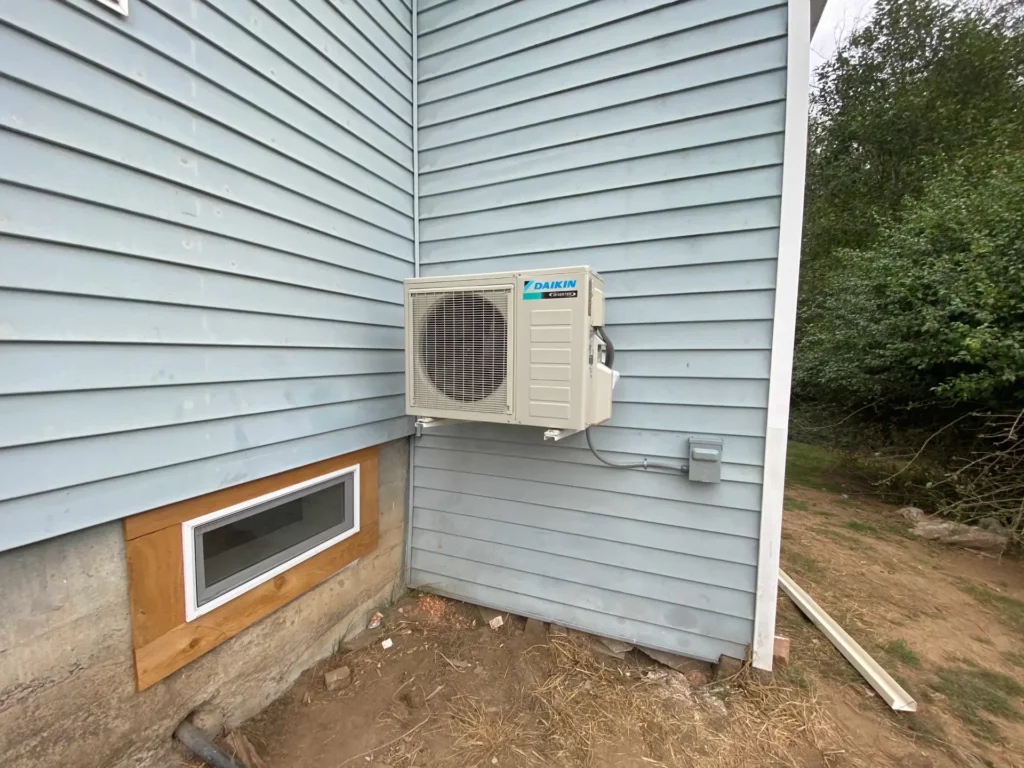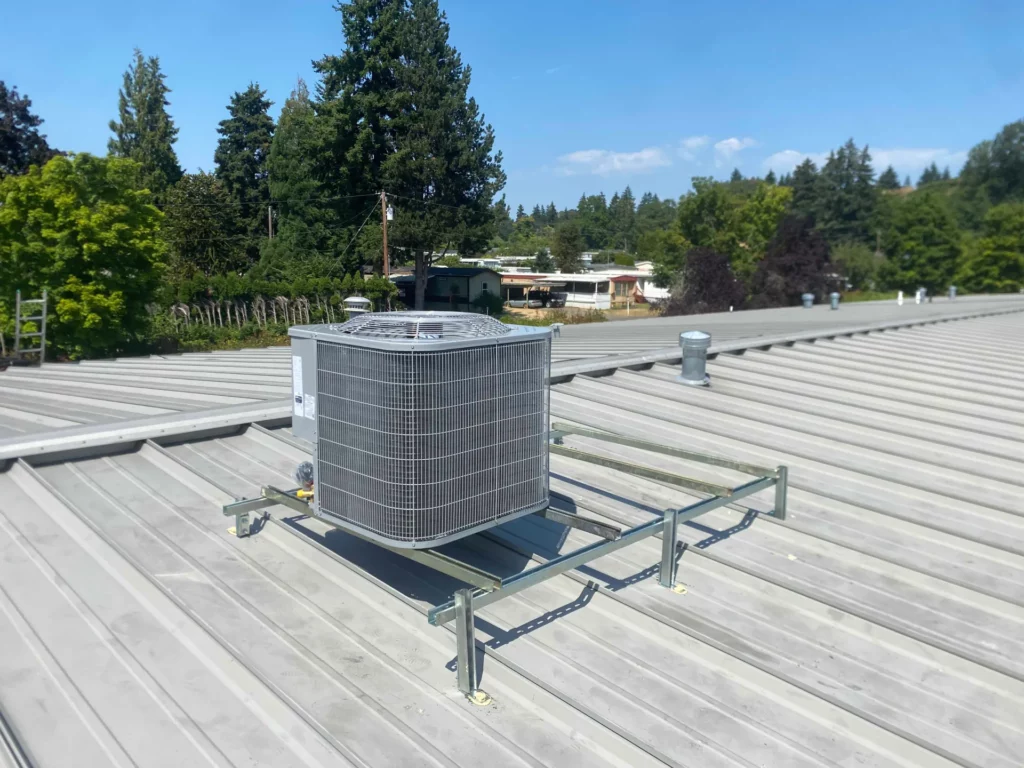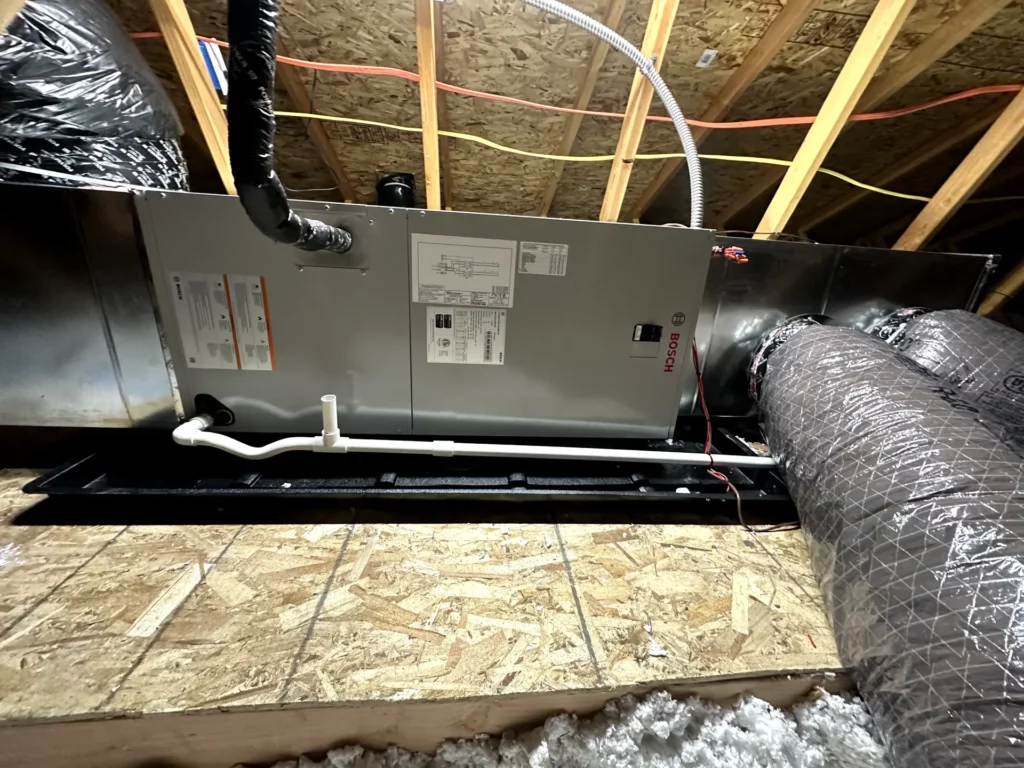“How Do We Rate Electric Heat Strips: Unraveling the Mystery”
Electric heat strips, a vital component of heating systems, play a crucial role in maintaining comfort indoors. Understanding how these strips are rated is fundamental for ensuring optimal performance and efficiency.
What are Electric Heat Strips?
Electric heat strips, also known as strip heaters or resistance heaters, are electrical devices used to generate heat. Typically installed within HVAC systems, they work by converting electrical energy into heat, providing warmth to residential and commercial spaces.
Understanding Heat Strip Ratings
Heat strip ratings provide crucial information about the efficiency, performance, and capacity of these devices, allowing consumers to make informed decisions regarding their heating requirements. Understanding these ratings helps consumers select the most suitable heat strips to effectively and economically meet their heating needs.

Importance of Accurate Ratings
Ensuring Efficiency and Safety
Accurate ratings are crucial for consumers as they enable them to select heat strips that operate efficiently, thereby reducing energy consumption and ultimately lowering utility bills. Additionally, adequately rated heat strips ensure safe operation by minimizing the risk of electrical hazards, thus providing peace of mind to users regarding their safety and well-being.
Impact on Energy Consumption
Highly rated heat strips, known for their energy efficiency, help consumers conserve electricity by effectively converting it into heat. This wise choice not only reduces energy wastage but also contributes to environmental sustainability by minimizing carbon emissions associated with excessive energy consumption.
Factors Influencing Heat Strip Ratings
Material Quality
The choice of materials in constructing heat strips is pivotal in determining their ratings, as high-quality components enhance both durability and efficiency. By utilizing premium materials, heat strips can achieve superior performance and longevity, ultimately contributing to their overall effectiveness in heating applications.
Heating Capacity
The heating capacity of heat strips, quantified in British Thermal Units (BTUs), plays a crucial role in determining their effectiveness in providing warmth for a given space. A higher heating capacity signifies the ability to generate more heat, ensuring that the heat strips can adequately meet the heating demands of the intended area.
Energy Efficiency
Highly efficient electric heat strips play a pivotal role in decreasing electricity consumption and operational expenses by maximizing the conversion of electrical energy into heat. By effectively maintaining comfort levels while minimizing energy wastage, these heat strips offer a sustainable solution for reducing overall energy bills.
Durability and Reliability
Ensuring the longevity of electric heat strips hinges upon their durability and reliability, which are paramount factors. Components crafted from premium materials and engineered with robust designs not only diminish the need for frequent repairs or replacements but also guarantee sustained performance over an extended period, offering peace of mind to users.
Installation Method
The installation method of heat strips significantly impacts their efficiency and performance ratings. Proper installation ensures optimal heat transfer and distribution throughout the space, thereby maximizing heating efficiency and enhancing overall comfort levels for occupants.
Compatibility with HVAC Systems
Determining the heat strip ratings involves assessing their compatibility with particular HVAC systems, as this ensures seamless integration and optimal performance within the heating system. Factors such as voltage requirements, size constraints, and control mechanisms play crucial roles in determining the suitability of heat strips for a specific HVAC setup.
Safety Features
Safety features such as overheat protection and thermal cutoff switches play a vital role in preventing fire hazards and ensuring user safety by swiftly interrupting power flow when temperatures exceed safe limits. Heat strips must adhere to established safety standards and regulations to mitigate potential risks and uphold consumer protection effectively.

Methods for Rating Electric Heat Strips
Several methods can be employed to rate electric heat strips effectively, providing consumers with valuable information for decision-making.
Manufacturer Specifications
Manufacturer specifications serve as a comprehensive guide for consumers, offering detailed insights into electric heat strips’ heating capacity, energy efficiency ratings, and safety features. By consulting these specifications, consumers can make informed decisions, comparing different models to determine which one best suits their heating needs and preferences.
Energy Efficiency Ratings (e.g., SEER, HSPF)
Energy efficiency ratings such as the Seasonal Energy Efficiency Ratio (SEER) and Heating Seasonal Performance Factor (HSPF) serve as indicators of HVAC system efficiency, encompassing electric heat strips. Higher SEER and HSPF ratings denote superior energy efficiency, promising potential cost savings over time for consumers.
Customer Reviews and Ratings
Customer reviews and ratings provide valuable firsthand experiences regarding the effectiveness and dependability of electric heat strips, aiding in the identification of potential advantages or drawbacks of particular models. By analyzing feedback from other consumers, individuals can make more informed decisions about which electric heat strips best suit their needs and preferences.
Third-party Testing and Certification
Third-party testing and certification by organizations such as Underwriters Laboratories (UL) or the Air Conditioning, Heating, and Refrigeration Institute (AHRI) ensure validation of the performance, safety, and efficiency of electric heat strips. Certified products undergo rigorous testing procedures in accordance with industry standards to ensure they meet quality benchmarks, instilling confidence in consumers and stakeholders regarding their reliability and effectiveness.
Testing Procedures
Standardized Testing Methods
These standardized tests involve subjecting heat strips to controlled conditions and measuring parameters such as heating output and energy consumption. By adhering to rigorous testing procedures, manufacturers can provide consumers with reliable data to make informed decisions when comparing different heat strip options for their heating systems.
Reliability of Ratings
Consumers benefit from established rating systems by using them as a reliable benchmark to assess products before making purchasing decisions. Independent testing and certification organizations serve a crucial function in this process, ensuring the accuracy and reliability of heat strip ratings through rigorous evaluation and verification procedures.
Importance of Informed Purchasing Decisions
Making informed purchasing decisions empowers consumers to invest in heating solutions that offer both efficiency and comfort. By understanding heat strip ratings and evaluating key factors, individuals can make choices that align with their needs and contribute to sustainable living.

Importance of Properly Rated Electric Heat Strips
Properly rated electric heat strips play a crucial role in ensuring comfort, efficiency, and cost-effectiveness within HVAC systems.
Ensures Comfort and Energy Savings
Properly rated electric heat strips, equipped with sufficient heating capacity and optimized energy efficiency, play a crucial role in sustaining comfortable indoor temperatures with minimal energy consumption. By efficiently delivering warmth when needed, these heat strips help homeowners maintain a cozy environment while reducing utility costs associated with excessive energy usage.
Enhances HVAC System Performance
Properly rated electric heat strips, when integrated seamlessly into HVAC systems, optimize overall performance and efficiency by providing dependable heating when required. This integration ensures that heating needs are met efficiently, enhancing comfort and energy usage management within the system.
Reduces Maintenance Costs
By ensuring electric heat strips are appropriately rated for the HVAC system, homeowners can mitigate the risk of malfunctions and premature failures, which can lead to costly repairs and inconvenience. Properly rated heat strips also contribute to the overall efficiency of the HVAC system, reducing energy consumption and extending its operational lifespan, resulting in significant long-term savings for homeowners.
FAQs: How Do We Rate Electric Heat Strips
Q: What factors should I consider when evaluating electric heat strips?
A: When evaluating electric heat strips, consider factors such as efficiency ratings, heating capacity, compatibility with HVAC systems, and material quality.
Q: How do I ensure the safety of electric heat strips?
A: To ensure the safety of electric heat strips, follow proper installation guidelines, conduct regular maintenance checks, and avoid overloading electrical circuits.
Q: Are higher-priced heat strips always better in terms of performance?
A: Not necessarily. While higher-priced heat strips may offer advanced features or higher efficiency, factors such as heating capacity and compatibility with existing HVAC systems must be considered.
Q: Can electric heat strips help reduce energy consumption?
A: Yes, adequately rated electric heat strips can contribute to energy conservation by operating efficiently and effectively heating indoor spaces without excessive energy consumption.
Q: How often should I replace electric heat strips?
A: The lifespan of electric heat strips varies depending on usage, maintenance, and environmental factors. It’s recommended to replace them when they show signs of wear or fail to perform optimally.
Q: Are there any energy-saving tips related to electric heat strips?
A: Yes, optimizing thermostat settings, improving insulation, and scheduling regular HVAC maintenance can help maximize the efficiency of electric heat strips and reduce energy consumption.
Conclusion
In summary, understanding how electric heat strips are rated is essential for making informed decisions when selecting heating solutions. By considering factors such as efficiency, performance, and compatibility, consumers can choose heat strips that meet their heating requirements while optimizing energy usage and ensuring comfort.
